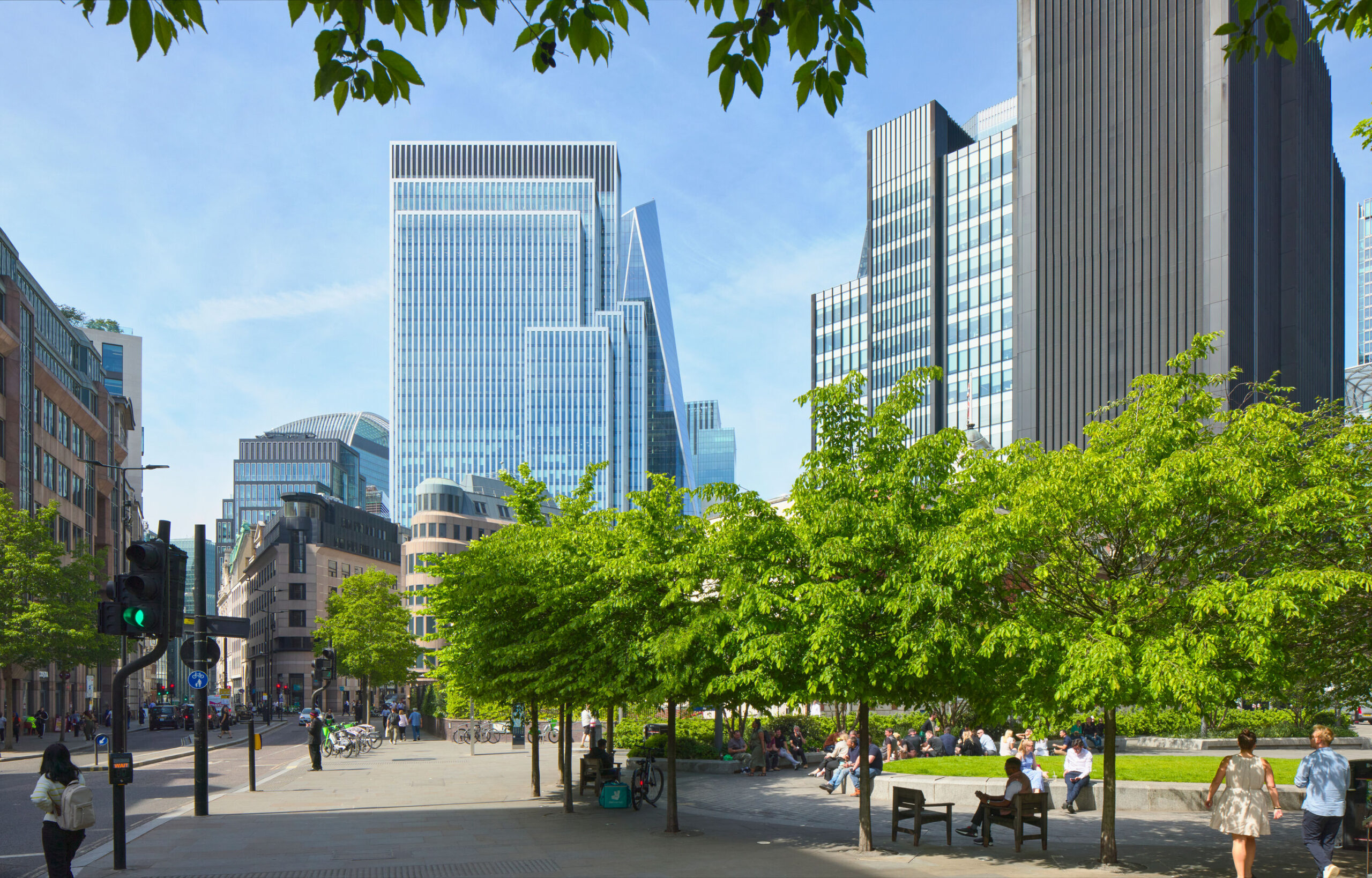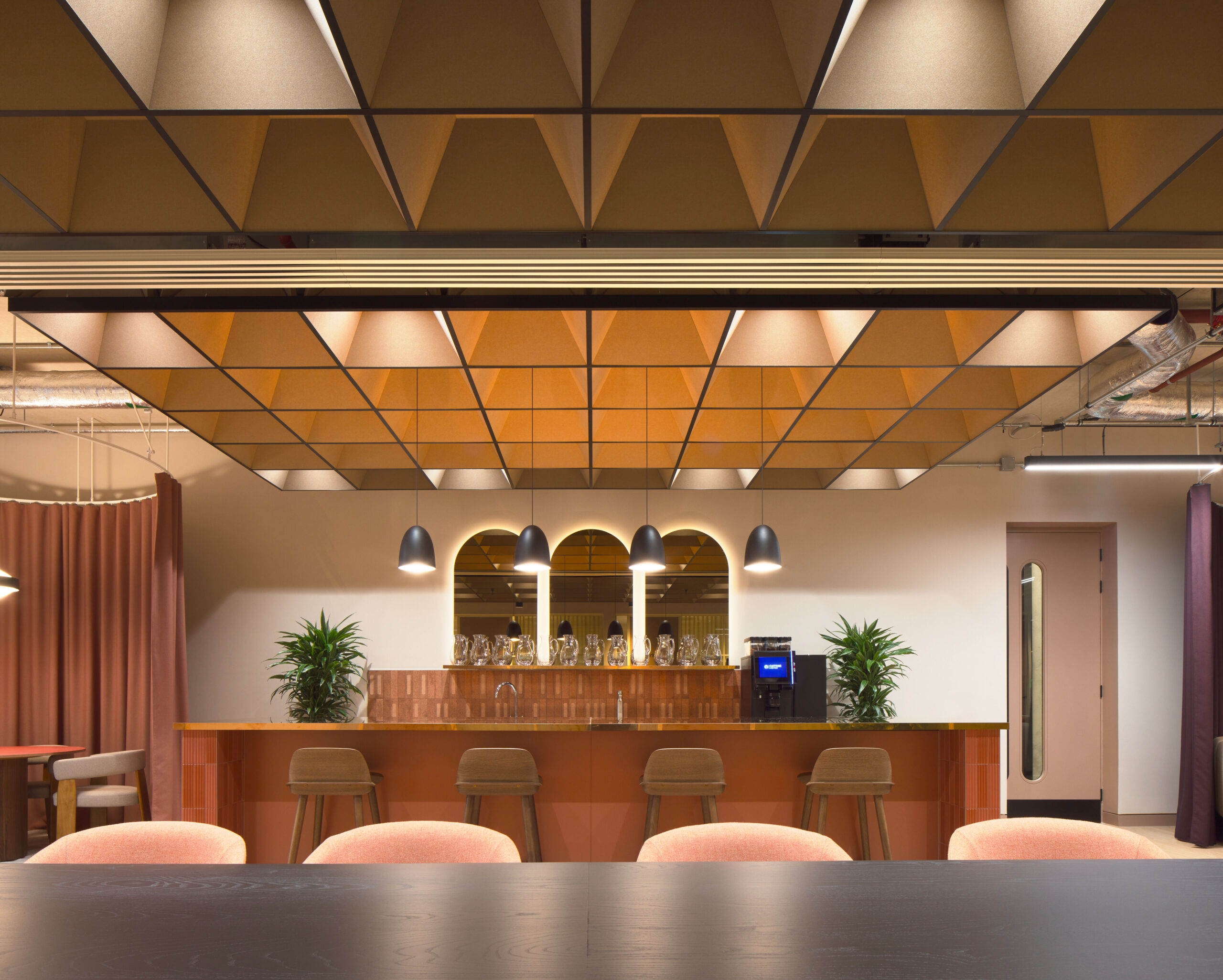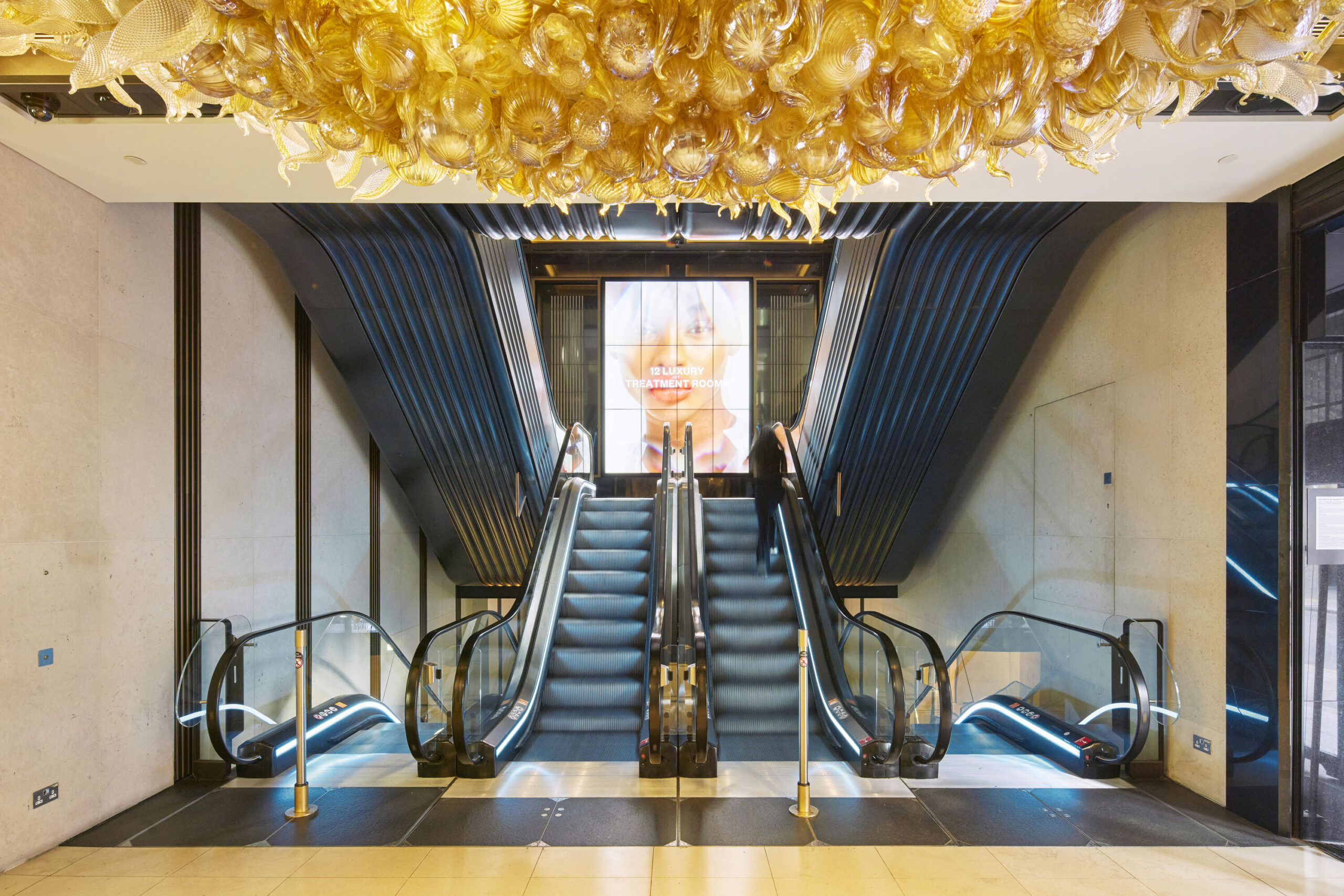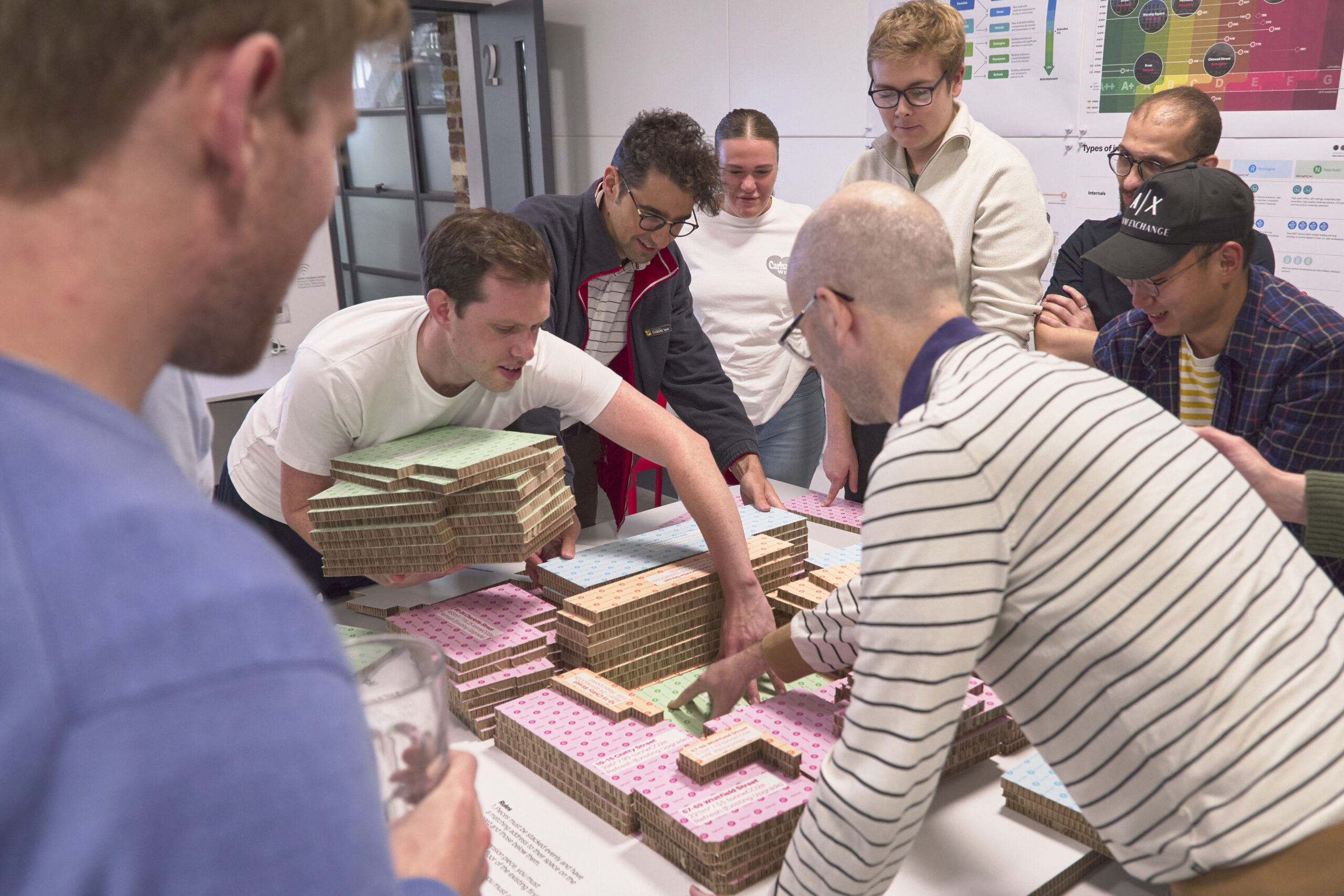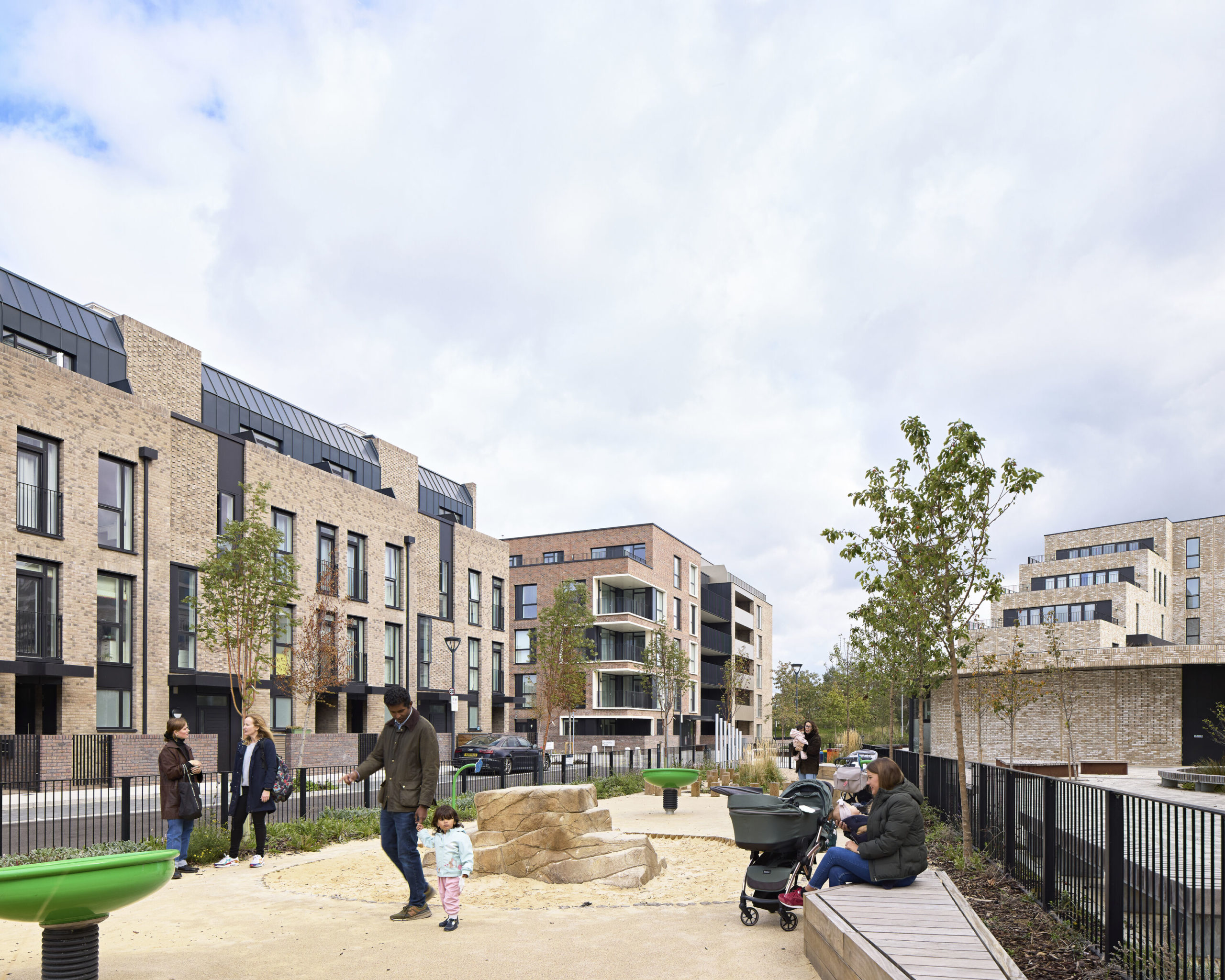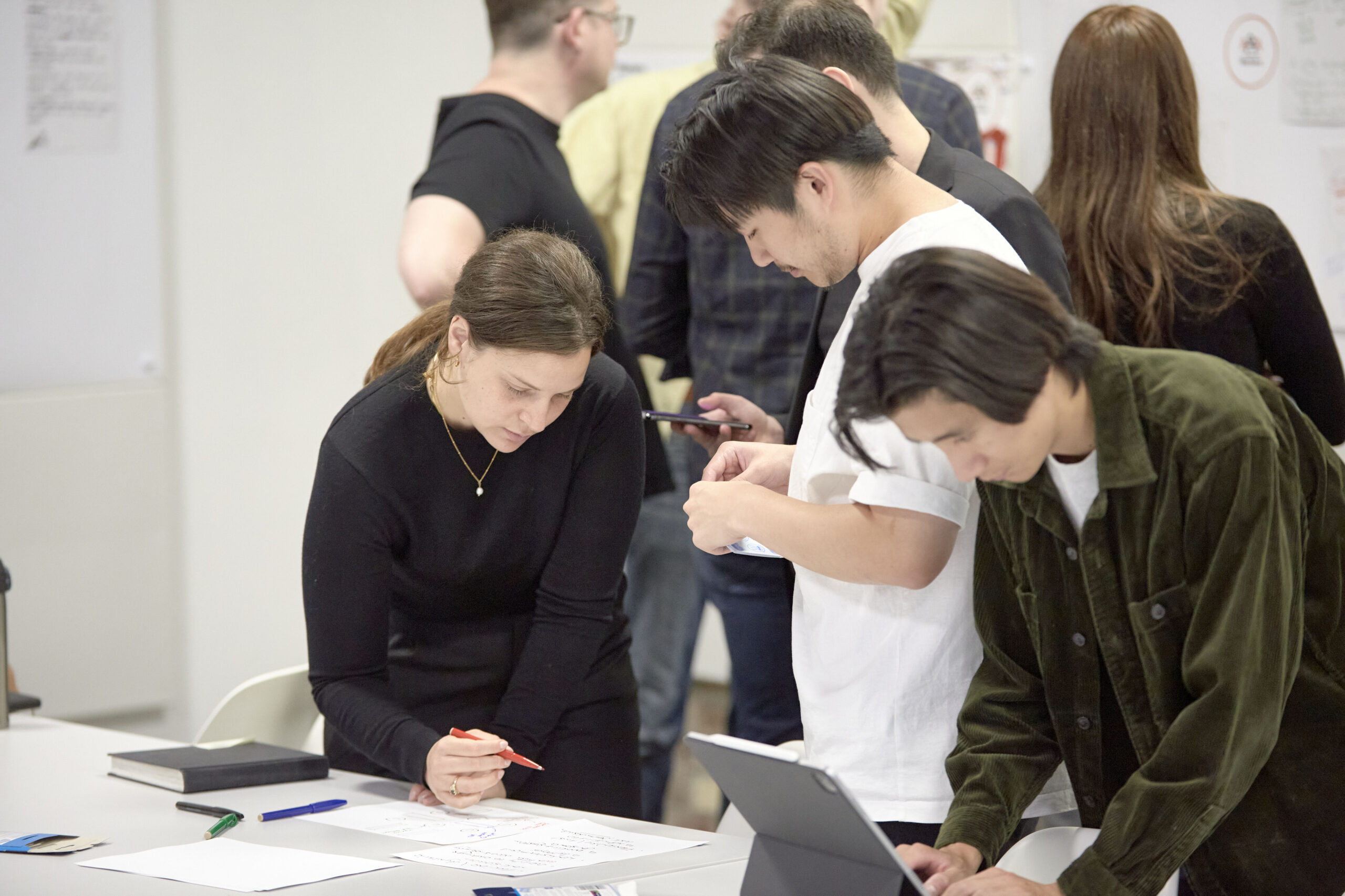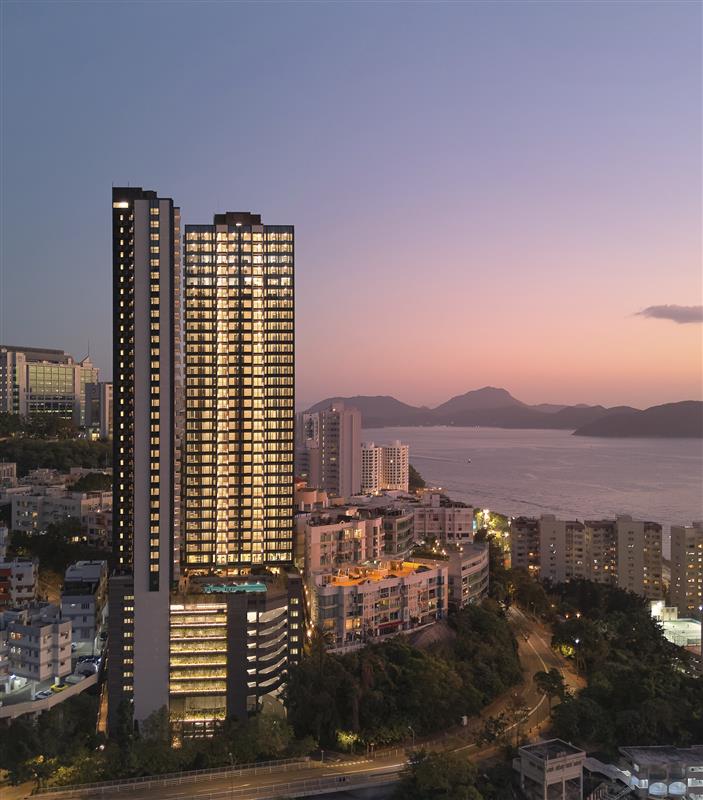
This place is a platform for supporting the powers and freedoms of women. Its distinctive design and graphics serve to attract visitors and to disseminate ideas, while its profits keep it open in support of its worthy cause.
Apple Restoration
Washington’s first public library, built in a neo-classical style more than a century ago, houses the capital’s newest Apple store. The building lay disused for several decades until the tech giant leased it from the Washington History Society, refurbishing its façade and other historic detailing. The resulting spaces are beautifully restored, light and inviting for both Apple converts and new customers.

For the general visitors, Apple organises various events and workshops in the central atrium. Even if you are not there for the brand and its products, you can take a guided tour of the building and access parts which were never available to the public before. The tour concludes at the dedicated exhibition space in the basement, which tells the story of the library through various historic documents and photographs.


In restoring the building, Apple has reinstated a new public place where anyone can visit, linger and learn. On one hand this is a story of private investment leading to gains for the local community. On the other, looking around the building, one wonders whether corporations are the best organisations to restore historic buildings. If the Carnegie Library was restored with public money it wouldn’t have had the ubiquitous Apple logo stamped over its classical entablatures.
Selling Dreams
“At Casper, we want everyone to sleep better and live better. So we created The Dreamery, a magical place in NYC where you can rest and recharge whenever you want.”
The above aspiration ventured beyond Casper’s mattress shop and created New York’s first ”dreamery” – a pay-per-minute daytime rest place outfitted with multiple nap pods. Visitors reserve 45-min slots via an online booking system and even receive complimentary pyjamas, beverages and refreshment facilities as part of their stay. This is an example of experiential retail as a service, where people purchase continuous access to a product without the need to own one.

This space is used for leisure in its purest form, making the comfort of the afternoon nap widely available to the local working population. Would this lead to better working relationships, better business decisions and increased prosperity for the businesses around The Dreamery? Even if it doesn’t do that, having a few better-rested people is still a valuable service to society.
Conclusion
This series of articles focused on how retail property creates value in ways other than direct transactions. While today there are many examples of innovation and creative thinking in the retail world, it is important to identify how some of those have wider influences for our developments, public spaces and cities. The examples of spaces cited could almost be looked at as tools used to redefine a part of the city, to tell a story or to express an ideology.
Because of this, it can be argued that places of exchange will continue to occupy an important part of the built environment in the foreseeable future, reflecting our ever more complex needs and desires and shaping space accordingly. In doing so, they will affect the growth of the places around them, both financially and socially.
Rather than fighting to save outdated models or writing off retail spaces as a typology, we should be using them to communicate the values we have today and shape the world we want to live in tomorrow.




